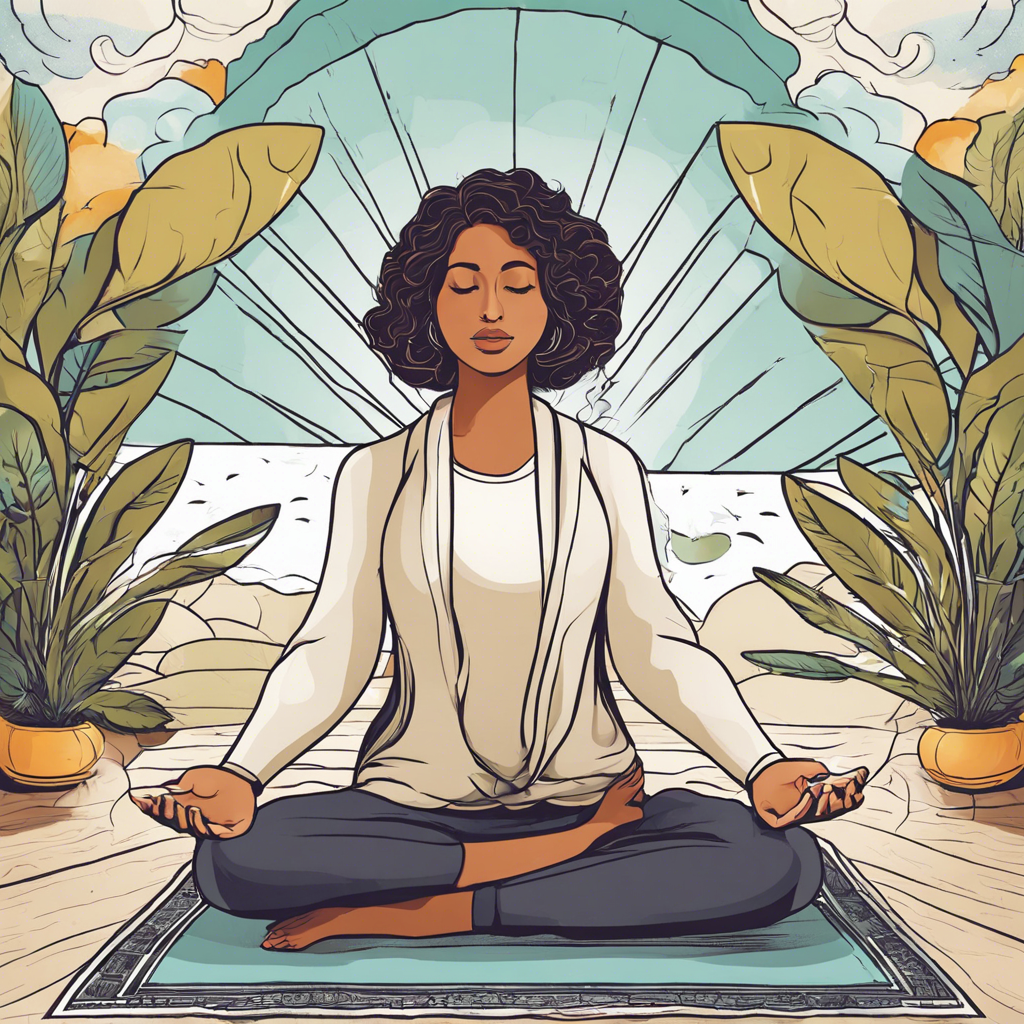Anxiety is a common mental health challenge that many people face, and it can often be debilitating. It might manifest as worry, fear, or nervousness and can be mild or severe. While everyone experiences anxiety from time to time, those with anxiety disorders may find that their anxiety interferes with their daily lives and relationships. The good news is that there are effective mindfulness techniques that can help reduce anxiety and improve overall well-being.
One powerful technique is deep breathing. When anxious, our breathing often becomes shallow and rapid. Taking a moment to focus on slow, deep breaths can help calm the mind and body. Try inhaling for a count of four, holding for a count of four, and then exhaling for a count of eight. This type of breathing activates the body’s relaxation response, helping to reduce anxiety and promoting a sense of calm.
Another practice is progressive muscle relaxation. This involves tensing and relaxing different muscle groups in the body, often starting from the toes and working up to the face. By consciously tensing and relaxing the body, you can release physical tension and calm the mind. This technique is particularly effective for those who carry their anxiety in their bodies and can help to improve self-awareness and mind-body connection.
Mindfulness meditation is also an invaluable tool for anxiety management. Through meditation, one can learn to observe their thoughts without getting caught up in them. This practice helps to create distance between oneself and anxious thoughts, allowing them to come and go without taking over. Mindfulness meditation has been shown to reduce symptoms of anxiety and improve overall mental well-being.
Visualizations and guided imagery are also effective techniques. Close your eyes and imagine a calming scene, such as a beautiful beach or a peaceful forest. Engage all your senses by imagining the sights, sounds, and smells of the place. This practice can help shift your focus away from anxious thoughts and emotions, providing a sense of tranquility and peace.
In addition, mindfulness involves being fully present and aware of the present moment. Try grounding techniques, which bring your attention to the here and now. For example, you can name five things you can see, four things you can touch, three things you can hear, two things you can smell, and one thing you can taste. Such techniques can help shift your focus and bring you back to the present moment when anxiety strikes.
These techniques are just a few of the many tools available to help manage anxiety. By incorporating these practices into your daily life, you can reduce anxiety symptoms and improve your overall resilience and mental well-being. Remember, mindfulness is a skill that takes time and practice to develop, so be patient and compassionate with yourself as you learn and grow.
It is also important to seek professional help if your anxiety is severe or interferes with your daily functioning. A trained therapist can provide additional support and guidance, teaching you more skills to manage your anxiety effectively. Combining professional help with these self-care practices can be a powerful way to improve your overall mental health and quality of life.
Remember, you are not alone in your struggle with anxiety. Reach out for help if you need it, and take comfort in the fact that there are effective tools and resources available to support you on your journey towards better mental health. Through mindfulness practices and self-care, you can achieve greater peace and tranquility in your daily life.
We hope that these techniques provide some relief and encourage you to explore the world of mindfulness further, discovering the many benefits it has to offer.
Is there anything else I can assist with?
